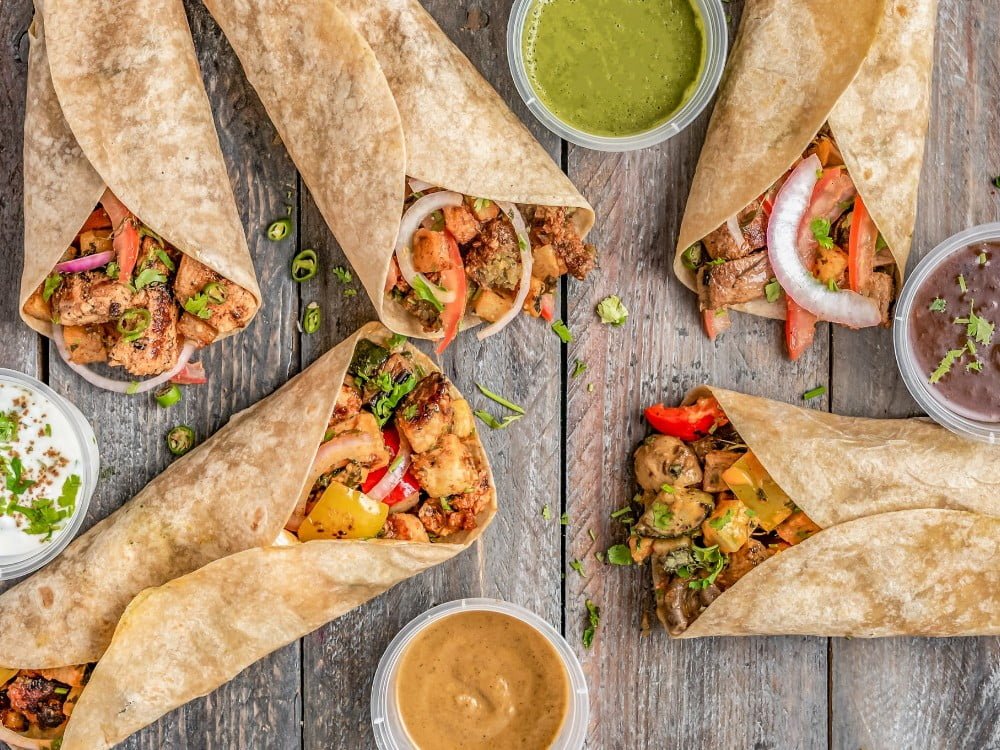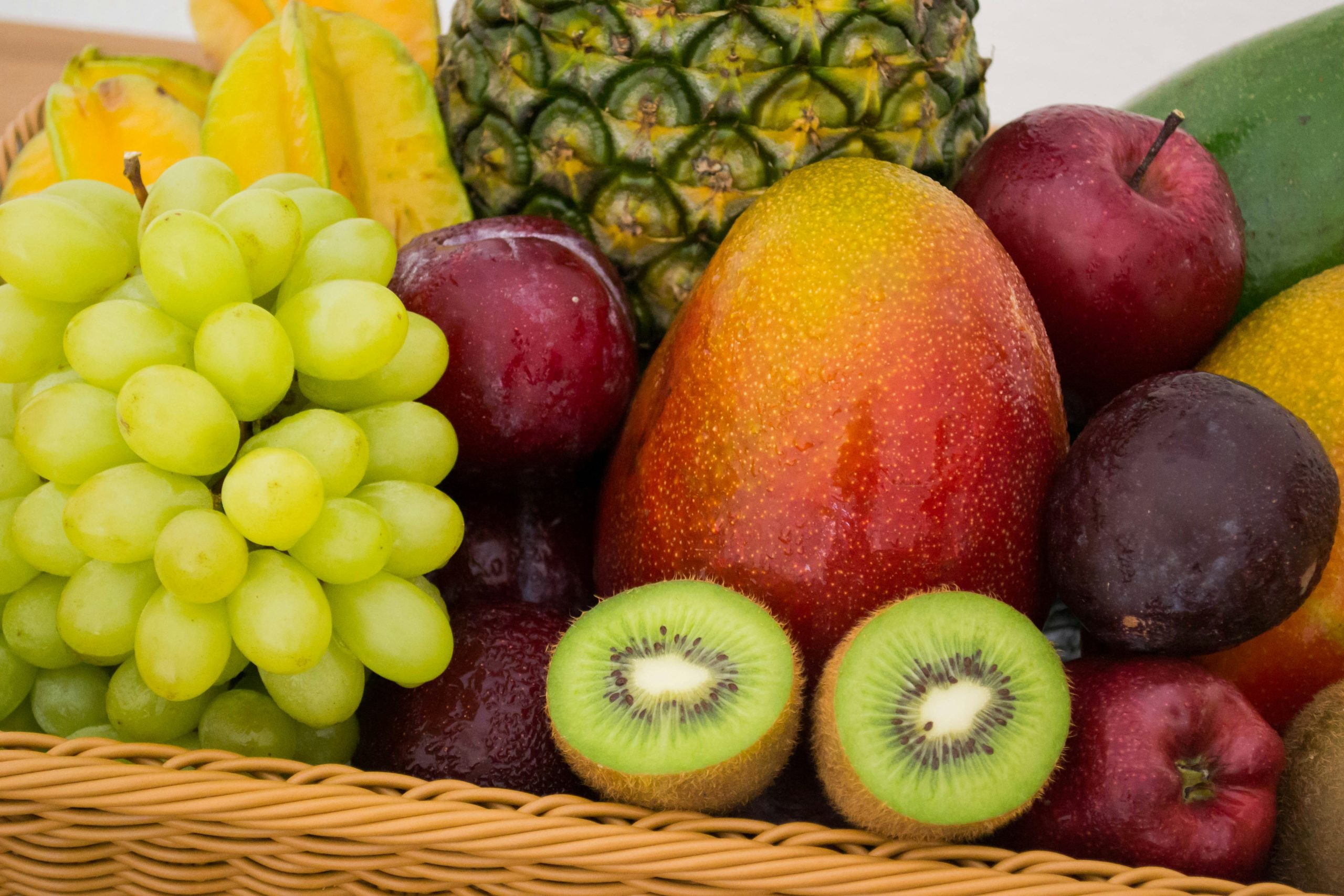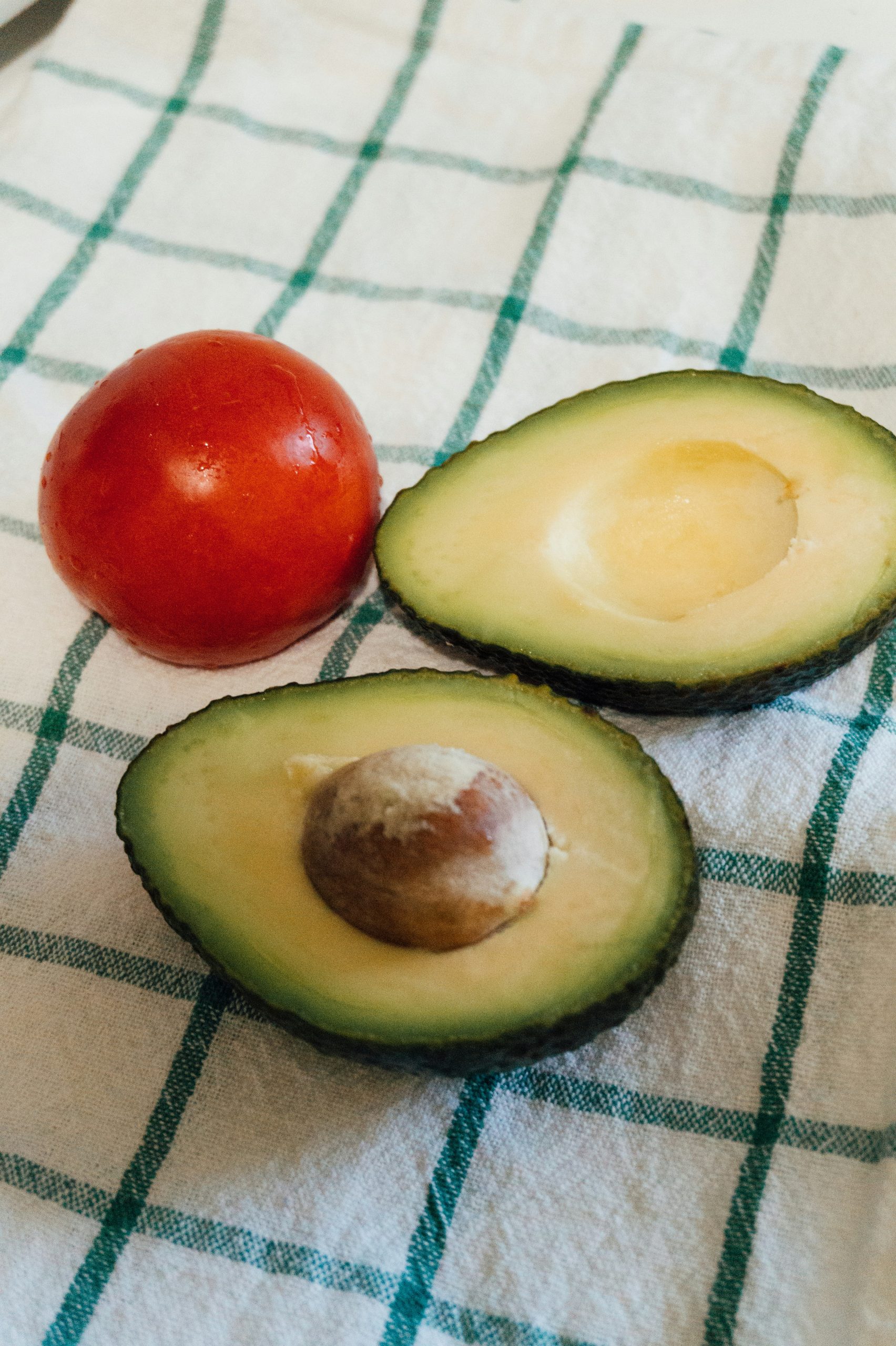A well-made cake is more than just a sweet treat—it’s a delicate balance of precision, patience, and quality ingredients. Whether for a birthday, a casual afternoon tea, or a special celebration, a cake reflects the care and thought behind its creation. So, how should a cake truly be made?
Start with Quality Ingredients
Every good cake begins with good ingredients. Fresh eggs, high-quality butter, real vanilla extract, and unbleached flour create a noticeably better texture and flavor. Avoid margarine or low-fat substitutions if you want depth and richness. Using room-temperature ingredients helps them blend more evenly, leading to a smoother batter.
Precision Is Key
Baking is a science. Unlike cooking, where improvisation often works, cake-making demands accuracy in measurement. Invest in a kitchen scale for weighing flour and sugar. Too much flour can make a cake dense and dry; too little can make it collapse. Sifting dry ingredients also helps with consistency and prevents clumps.
Don’t Rush the Mixing
Creaming the butter and sugar properly—until light and fluffy—is a crucial step that sets the foundation for a soft crumb. Add eggs one at a time, fully incorporating each before adding the next. Alternate between dry ingredients and liquids (like milk or buttermilk) to maintain structure and avoid overmixing, which can result in a tough cake.
Oven Temperature Matters
Preheating the oven isn’t optional. An oven that’s too cold won’t give your cake the proper rise, while one that’s too hot may burn the outside before the inside is done. Use an oven thermometer if needed, and avoid opening the oven door during baking—sudden temperature drops can cause the cake to sink.
Let It Cool—Completely
Once out of the oven, allow the cake to rest in the pan for 10–15 minutes, then transfer it to a wire rack. Rushing to frost a warm cake is one of the most common mistakes—it melts the icing and ruins the texture. A completely cooled cake ensures that both the structure and finish are preserved.
Finishing Touches
Whether you’re dusting with powdered sugar or adding a rich ganache or buttercream, decoration should complement—not overpower—the cake. Less is often more. A simple presentation allows the quality and flavor to shine through.
Conclusion
Making a cake the right way means respecting each step, from preparation to presentation. It’s not just about sweetness—it’s about balance, texture, and intention. When done properly, a cake is more than dessert; it’s a quiet expression of care and craft.
This Article Was Generated By AI.











